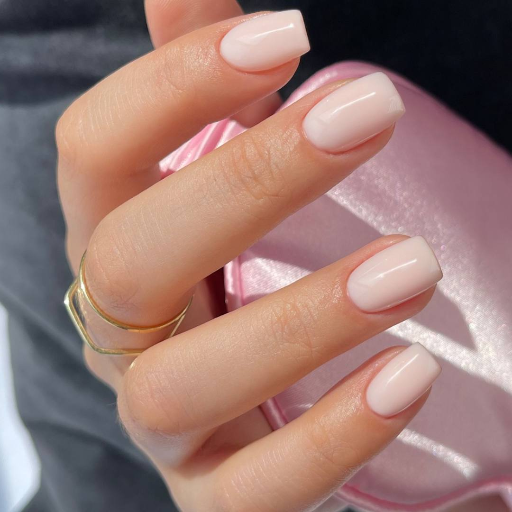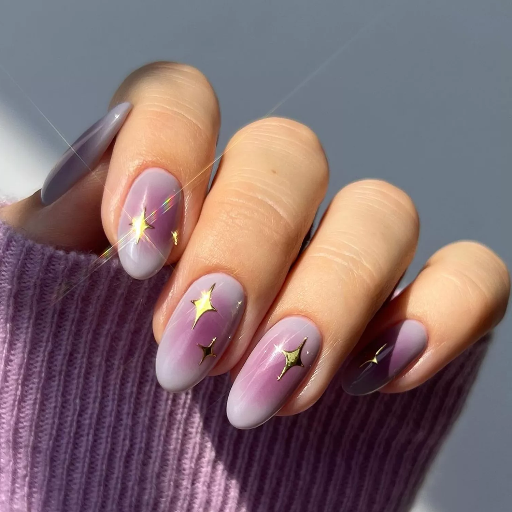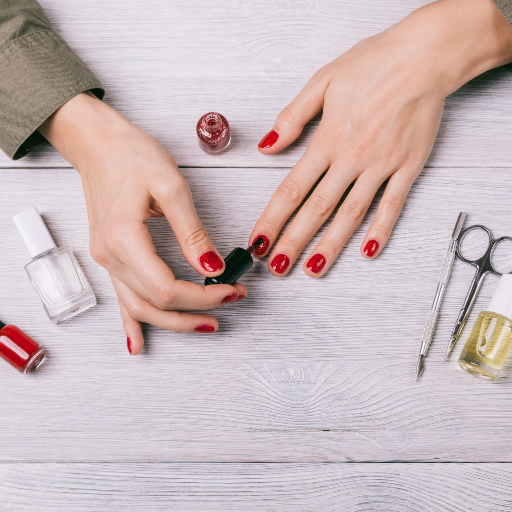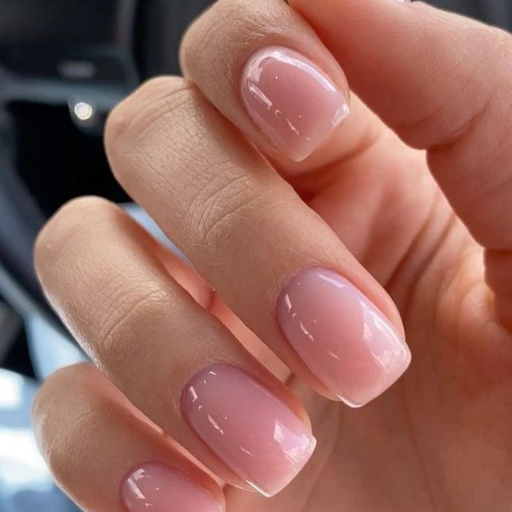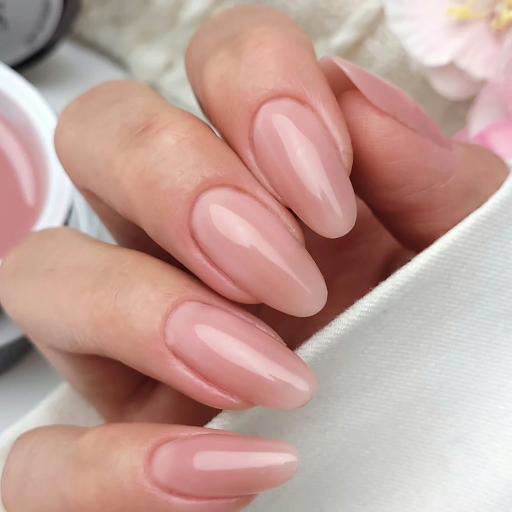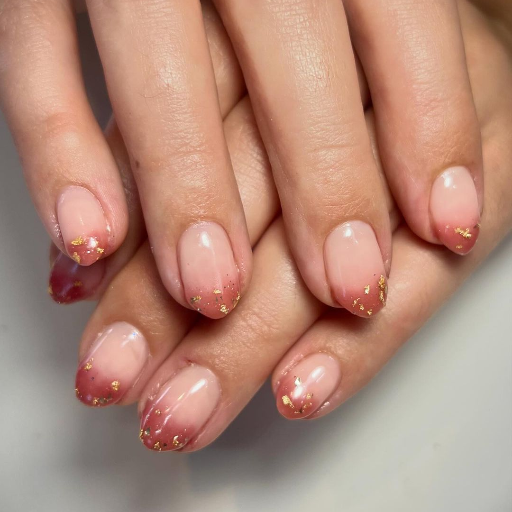Each new trend in manicure methods promises to be better than the one before when it comes to nail services. One of the new methods is the Russian manicure technique which has garnered attention and controversy. Compared to the standard nail care services, a Russian manicure uses special instruments and techniques to achieve a clean and polished look. With the increase in popularity, some questions have been brought up regarding the differences between a Russian manicure and a regular manicure and if there is any risk involved for nail health. This article will highlight the differences between the two techniques, detailing the merits and demerits of each to help you make an informed decision.
What is a Russian Manicure and How Does it Differ from a Regular Manicure?

What is a Russian Manicure?
A Russian manicure, also recognized as an e-file manicure or dry manicure, is a meticulous nail treatment technique. Unlike an ordinary manicure that involves soaking the nails and cuticles in water, a Russian manicure is performed on completely dry nails. This technique uses an electric file (or e-file) with multiple attachments to shape the cuticles and prep the nails by cleaning the nail plate before applying polish. Cuticles are buffed, and the results are a nail shape that is crisp and ultra-smooth. This polish aims to last longer while making meticulous borders without imperfections, which is appealing in high-end nail salons.
Comparison with traditional manicure methods
Traditionally, a manicure involves soaking the nails in water to soften the cuticles for trimming and shaping with manual tools like clippers and or nail files. While manual methods can be useful, they can also leave excess moisture on the nail plate which affects polish adhesion and leads to a shorter-lasting manicure. The Russian manicure is different since there is no soaking involved, thus allowing for e-file nail surface preparation. This method is devoid of water and yields better results with sharper details and fewer imperfections compared to traditional approaches. However, many people use manual methods because they are easier, less invasive, and more gentle, making them ideal for beginner nail care sessions.
The importance of the nail drill in Russian manicures
When executing a Russian manicure, the nail drill is an indispensable part of the process, and I admire how well it helps me achieve such a clean finish. With an e-file, I meticulously clean the cuticle and dead skin at the periphery of the nail to prepare the working area, making it perfect, smooth, and ready. This technique not only results in sharper edging but also improves polish retention, extending the longevity of the manicure. In my opinion, argyle and hollow drills help achieve a neat and professional look, and while it may seem scary at the beginning, I can understand other people’s fear. After some time, I believe the nail drill can be used without compromising safety, and the end result is worth the effort.
What Are the Benefits of Getting a Russian Manicure?

Longer-lasting results compared to regular manicures
The Russian manicure technique is renowned for both its durability and for how well it retains its appearance over time. Unlike a regular manicure that simply applies polish on the nail surface, Russian manicures involve thorough e-filing which ensures that polish “bonds” better, thus reducing chances of chipping or peeling. The facelift polish technique used in Russian manicures further enhances beauty and prevents wear and tear by meticulously removing dead skin and cuticles. Those seeking longer-lasting manicures must definitely opt for Russian manicures.
Attention to detail contributes to cuticle work
Apart from the clean and polished look, Russian manicure techniques give a person healthier nails as well. The phrase “cutting of the dead skin” means removing the excess deads skin and trimming cuticles which Russian Manicure techniques aim to do. This helps to eliminate the possibility of hangnails and reduces the skin build up around the nails. This manicure technique smoothens the surface to give the polish a raised neat look. The entire experience a Polish manicure aficionado has is enhanced by seamless attention to detail that ensures guesswork is voided and nails are tidy and elegant for a longer period.
Enhanced nail appearance and shaping
Russian manicures make a very polish and sleek appearance on the shape or nails. The use of a drill enables exact shaping of each contour which guarantees symmetry and uniformity on each nail. With this method, the imperfections in the natural shape of the nails are corrected for a more refined and beautiful look. In addition, the nail bed’s thorough preparation allows for a smooth application highlighting the beauty of the nails while preserving their natural appeal in a refined way. Be it a classic or trendy design of your choice, the polished shaping of nails with Russian manicure undeniably enhances the look of your hands.
Are There Any Risks Associated with Russian Manicures?
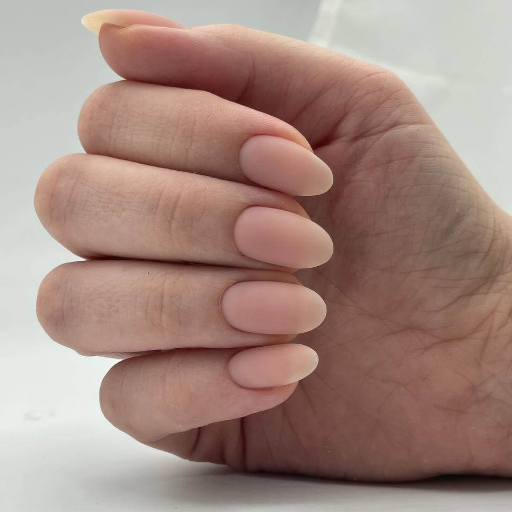
Possible harm affecting the cuticule and nail bed
While Russian manicures have the potential to look beautiful and last a long time, they can be risky procedures if done improperly. One major factor is the damage that can occur to the cuticle and nail bed due to the elaborate skin removal process. Using too many tools or applying too much pressure while trimming dead skin can cause the nail plate to weaken and break easily, leading to fragility. There is also possible harm when there is lack of proper tool sterilization which can lead to infections. As stated, the challenges can be avoided if the correct person is chosen to perform the procedure and uses proper sanitary measures. Ensuring the aftercare and constant moisturizing of the cuticle will assist in strengthening the health of the nails in the long run.
Worries regarding excessive trimming and live tissue removal
Doing a Russian manicure by excessively trimming may raise concerns over the health of your nails as well as removing live tissue. If living tissue is cut away instead of dead skin, this may cause irritation and increased sensitivity in the areas surrounding the nail bed and even lead to infections. This is why there is a fine line between dead skin and live tissue that must be gently taken care of. A skilled nail technician will know how to execute this technique safely so that the health of your nails is not jeopardized. To address this issue, always choose a professional who uses correct sanitised tools because they will not be aggressive on the skin or nails which may cause damage.
Importance of finding a skilled nail technician
For my nails, I always make it a point to go to a skilled nail technician. I explain to them how they must meticulously cut only the dead skin while not touching the live tissue to help prevent irritation, sensitivity, or even infections. I also look for professionals who thoroughly clean their instruments and take time to perform their work correctly. This way, I am certain that my nail health is going to be preserved and that everything has been done properly.
How Long Does a Russian Manicure Last Compared to a Regular Manicure?
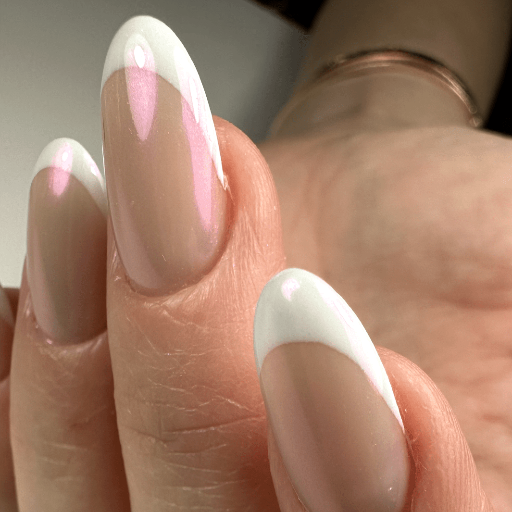
How Long do Russian Manicures Last?
Russian manicures are well-known for their precise and detailed techniques, advanced tools, and incredible care given to even statics, all of which contribute to the polish lasting longer. Under ideal conditions, a Russian manicure can last approximately three to four weeks, depending on nail growth, aftercare, and the person’s daily routine. This typically exceeds the duration of a regular manicure, which takes up around one to two weeks. The longevity of a Russian manicure is largely attributed to the intricate work on cuticles, as well as the smooth and polish seal that is placed, which prevents early chipping and maintains a clean look for an extended duration. With proper maintenance and care, such as avoiding sharp chemicals and wearing gloves during housework, the durability of your manicure can change drastically.
Factors affecting the duration of both manicure types
Many things can influence the time taken to complete both a Russian manicure and a regular manicure. While polish application and nail prep are critical in both types, for a Russian manicure, meticulous cuticle trimming and nail bed prep make polish adhesion almost perfect and the chances of peeling or chipping are very minimal. Regular manicures don’t take as much time or pay attention to details, and less intensive prep work means less polish adhesion. Further, the kind of polish used, be it gel or regular polish, will affect both types of manicures. Other factors like the exposure of the nails to water, harsh chemicals, or even physical movement could also shorten the lifespan of the nails. Generally, the difference in technique and aftercare practices is the reason why Russian manicures last longer than traditional ones.
Can You Get Gel Polish with a Russian Manicure?
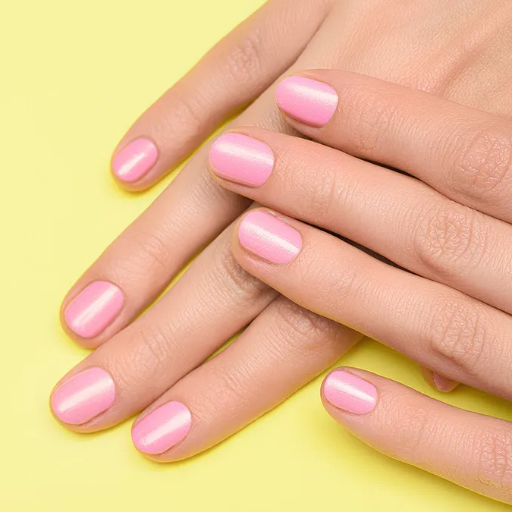
Compatibility of Russian manicures with gel polish
A Russian manicure can be completed with gel polish. As a matter of fact, gel polish is often preferred for this style of manicure because of its durability and luster. The Russian manicure technique’s meticulous steps, from detailed cuticle work to complete nail shaping, render the nail’s surface smooth, reinforcing its grip on the gel polish. This ensures that the polish will adhere, withstand chipping, or peeling over time. Furthermore, the gel polish is smooth and clear and benefits from the Russian manicure technique, which improves the surface of the nails. However, make sure that the person performing the procedure has adequate experience with applying polish using this technique for the best results and to avoid damaging the natural nail.
Differences between Russian gel manicures and regular gel manicures
The main differences between a standard gel manicure and a Russian gel manicure is the attention to detail, preparation, and filing techniques. The use of specialized tools or e-files allows for precise and clean cuticle work in a Russian gel manicure. As a result, the gel polish bonds more strongly, enhancing its longevity. This is not the case with regular gel manicures, as they usually do not provide adequate cuticle attention. The polishing methods used in Russian technique also focus on an ultra-smooth surface, which adds sophistication and professionalism to the nails. Although both styles involve application of gel polish, the Russian gel manicure is more favored because of its durability and aesthetic appeal, especially for those wanting perfect nails. The method, however, can be dangerous without an experienced technician.
Reference sources
Frequently Asked Questions (FAQs)
Q: How does a Russian manicure differ from a regular manicure?
A: As is the case with many things in life, the differences are in the details. In a Russian manicure, the cuticle area is more carefully taken care of with an electric file as opposed to a regular manicure that uses manual tools. Russian manicures provide a cleaner look and feel since the cuticles are entirely removed and not only pushed back, as is customary in other methods. Greater emphasis is also placed on the shaping and strengthening of the nail plate in the Russian technique.
Q: What are the benefits of a Russian manicure compared to a regular one?
A: The benefits of a Russian manicure include more long-lasting results, as well as cleaner and more polished appearance. It could also result in stronger nails. The technique used allows for finer cuticle shaping and elimination as well as more precise nail sculpting, resulting in a more professional look. Russian manicures may last longer than regular ones; sometimes up to 3-4 weeks.
Q: How does a Russian manicure differ from a regular manicure?
A: A Russian manicure is completed with an electric file that cuts very precisely along the contours of the cuticle and the nail. The technique includes thorough cleansing of the nail as well as the adjacent skin and gentle filing of the cuticle and nail to a desired length. Unlike a Russian manicure, a regular manicure is performed with manual instruments such as a cuticle pusher, nail files, and other instruments for nail shaping and pushing back cuticles.
Q: Is there anything particularly dangerous about a Russian manicure?
A: Indeed, there are risks to getting a Russian manicure, especially if it is not performed by a trained professional. The procedure entails complete cuticle removal, which poses risk of infection if not done correctly. There is also the risk associated with filing the nail plate too much, which is detrimental to the strength of the nails. Having the procedure done by a qualified person in a well-known nail salon or spa alleviates some of these risks.
Q: How long does a Russian manicure last compared to a regular manicure?
A: A Russian manicure can last longer than a regular manicure, often up to three to four weeks. This is due to the more detailed prep of the nail plate and cuticle which allows for better polish or gel adhesion. A regular manicure lasts approximately one to two weeks.
Q: Is it possible to apply nail polish or gel after having a Russian manicure?
A: After a Russian manicure, you can certainly have nail polish or gel applied. The meticulous prep work done on the nail plate during a Russian manicure tends to improve polish adhesion, leading to a more durable manicure. You can choose to have regular nail polish or gel polish applied, and even more intricate nail art designs.
Q: Is a Russian manicure suitable for everyone?
A: Everyone may enjoy the benefits of a Russian manicure, but it does not work for all. People who have very sensitive skin, any sort of a nail disorder, or any past history of nail infections must seek professional advice before attempting a Russian manicure. Moreover, if one is more comfortable with a softer, natural look or is uncomfortable with cuticle removal, then a regular manicure will do much better.
Q: How often should I get a Russian manicure?
A: The frequency of Russian manicures depends on personal preferences and how quickly one’s nails grow. For most, a Russian manicure might be required every 3-4 weeks. Remember that the nails, as well as the cuticles, need time to rest and heal after the treatment. A nail technician will recommend the best plan for you based on your particular requirements.



